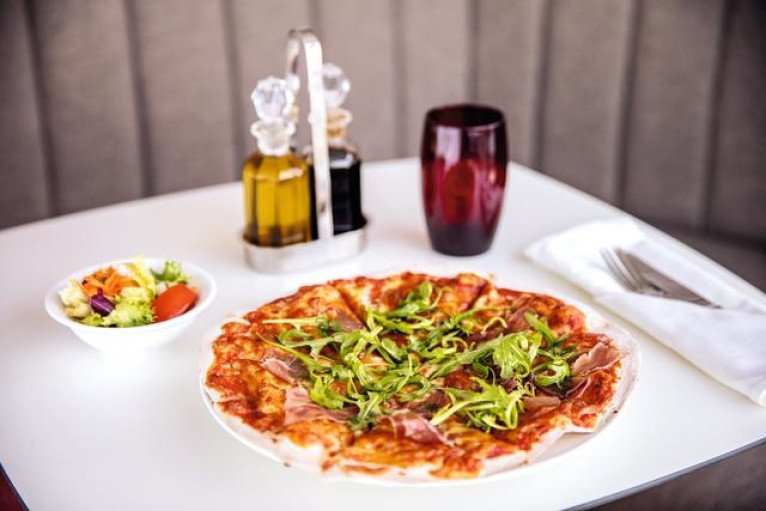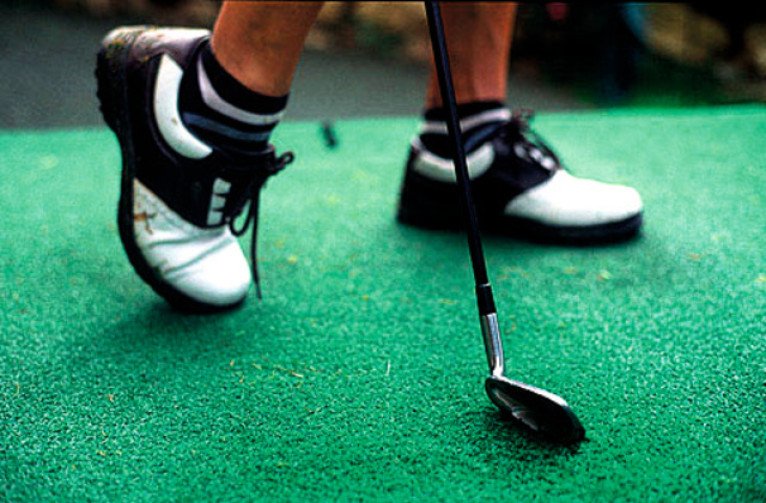(Prices correct as of today’s date, are updated daily, are subject to change and represent genuine availability at time of update).
Cruise only holidays are financially protected by ABTA. Fly cruise holidays are financially protected by Marella Cruises under ATOL number
Please click here to check the essential travel requirements before booking this cruise.
Want to add a hotel stay or change your flights?
Just call our team of cruise specialists to help build your dream cruise holiday today!
Prices based on 2 people sharing. Cruise only price does not include flights. Fly-cruise price may vary by chosen UK airport.
Itinerary

Palma de Mallorca
If you look north of the cathedral (La Seu, or the seat of the bishopric, to Mallorcans) on a map of the city of Palma, you can see around the Plaça Santa Eulàlia a jumble of tiny streets that made up the earliest settlement. Farther out, a ring of wide boulevards traces the fortifications... Read More
Palma de Mallorca
At Sea
Piombino
Savona
Calvi, Corsica
Toulon
Barcelona
Palma de Mallorca
Explore Marella Voyager







Latitude 53
Latitude 53 is the ship’s main restaurant, and it’s spread across two decks. It’s all waiter service here, and the floor-to-ceiling windows mean the views are top class. Menu-wise, expect a selection of your favourite dishes.
- Serves Breakfast, Lunch & Dinner
- Waiter Service
- Included



Destination Experiences
If you want to book a place on one of our shore excursions, or find out a bit more about the ports you’ll visit, speak to a member of our Destination Experiences team – you’ll find them on Deck 5.






Broadway Show Lounge
When it comes to size, our Broadway Show Lounge can go toe-to-toe with a West-End theatre. The shows themselves are well worth a shout out, as well – there are 12 in total, with two performances per night. And if you’ve sailed on any of our other ships, you’ll still have something new to look forward to, as eight of the shows were created especially for Marella Voyager.
- 12 Unique Shows
- 2 Shows a Night
- West-end Style Show

Spa & Beauty Salon
The treatment menu at the spa includes all the usuals, from massages and manicures to pedicures and facials. The beauty salon, meanwhile, is the place to go for a full makeover.
- Hair & Beauty Salon
- Wide Range of Treatments Available
- Chargeable

Hideout
This hangout spot’s made for teens and older kids. It’s loaded with games consoles and comfy chairs. Plus, in the high season, it hosts a variety of organised games and events.
Deck 14

- The Veranda
Deck 12

- Sports Court
- Mini Golf
- Jogging Track
- Casino
- The Shack
- Hideout
- The Electric Rooms
- Gym
- Inside Cabin
- Family Balcony
- Large Balcony
Deck 11

- The Kitchens
- Nonna's
- The Summer House
- Abuela's
- Snack Shack
- Pool
- Whirlpools
- Pool Bar
- Spa & Beauty Salon
Deck 10

- Outside Cabin
- Inside Cabin
- Executive Suite
- Voyager Suite
- Family Balcony
Deck 9

- Kids Pool
- Mini M Club
- M Club
- Balcony
- Large Balcony
- Outside Cabins
Deck 8

- Staterooms
- Atrium
- The Exchange
- Balcony Cabins
- Outside Cabins
- Inside Cabins
- Family Inside Cabins
- Family Balcony
Deck 7

- Squid & Anchor
- Platter
- Aperitif
- Surf & Turf Steakhouse
- Kora La
- Atrium
- Broad Street Shops
- Broadway Show Lounge
- Photo Gallery
Deck 6

- Latitude 53
- Flutes
- The Arts House
- Atrium
- The Coffee Port
- Photo Studio
- Cruise Holiday Story
- Gamer Zone
- Cinema
- Broadway Show Lounge
Deck 5

- Latitude 53
- Vista
- Flutes
- Silver Fork
- Atrium
- Destination Experiences
- Reception
- Outside Cabin
- Inside Cabin
- Single Inside Cabin
- Single Outside Cabin
Deck 4

- Medical Centre
- Outside Cabins
- Inside Cabins
- Single Outside Cabins
- Single Inside Cabins
Marella Voyager Cabins & Suites



Family Inside Cabin



Outside Cabin



Family Balcony Cabin









-large_thumb.jpg)









